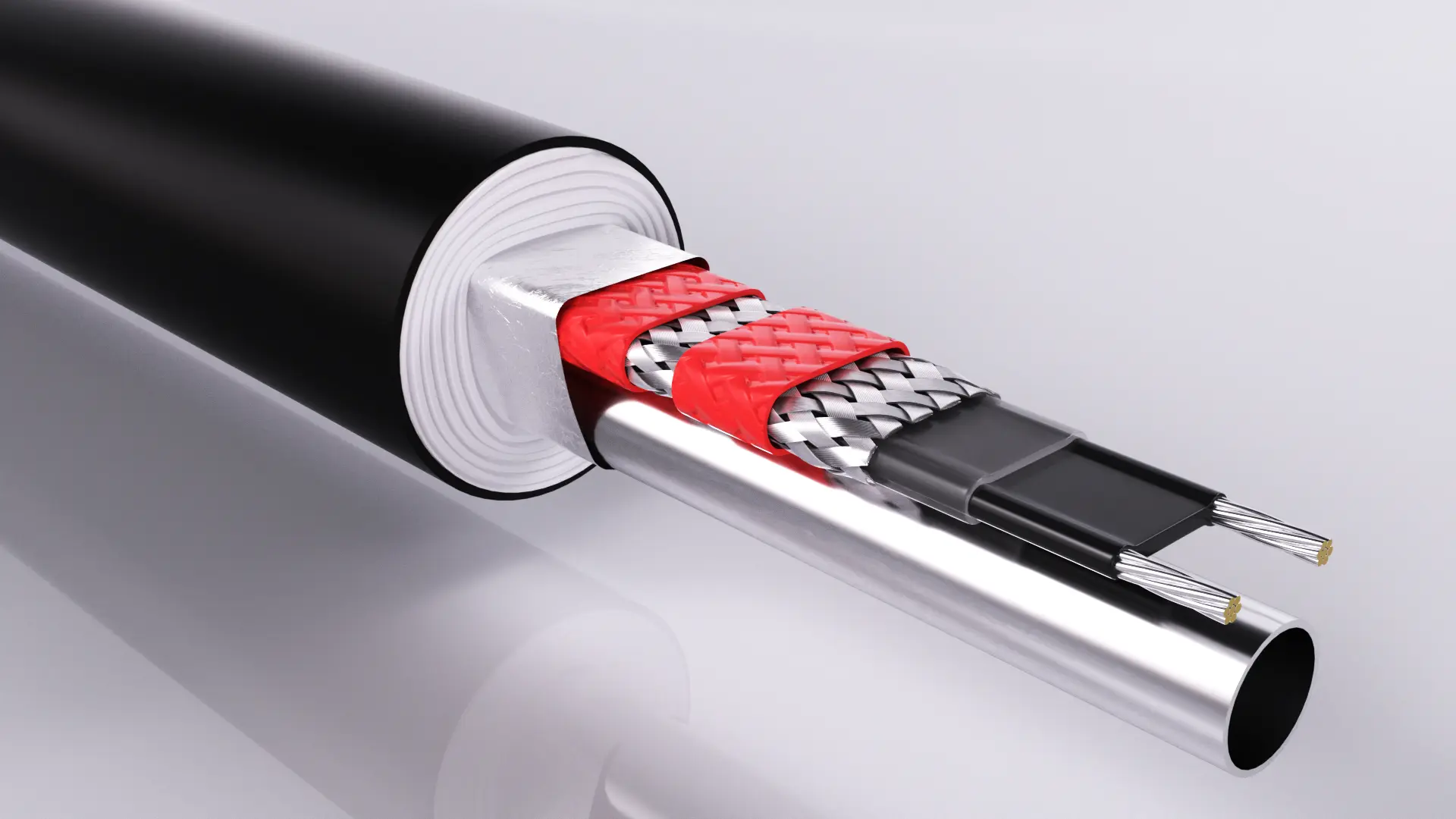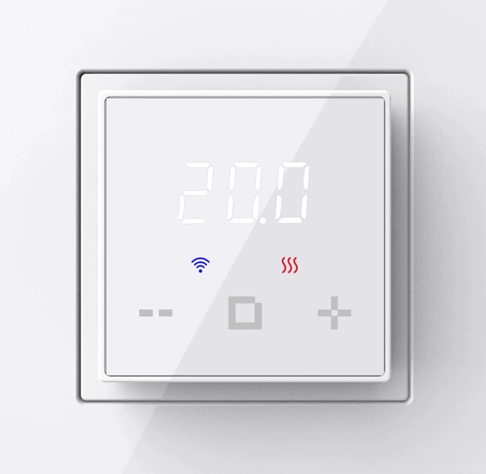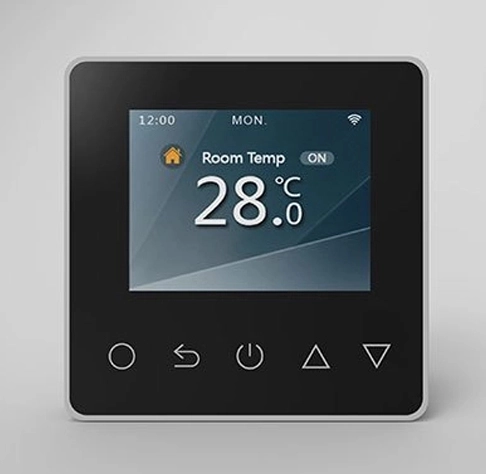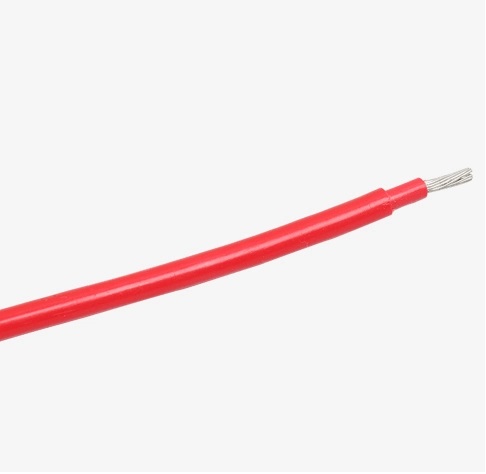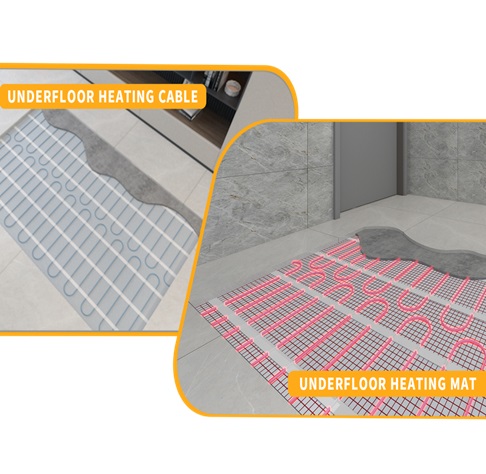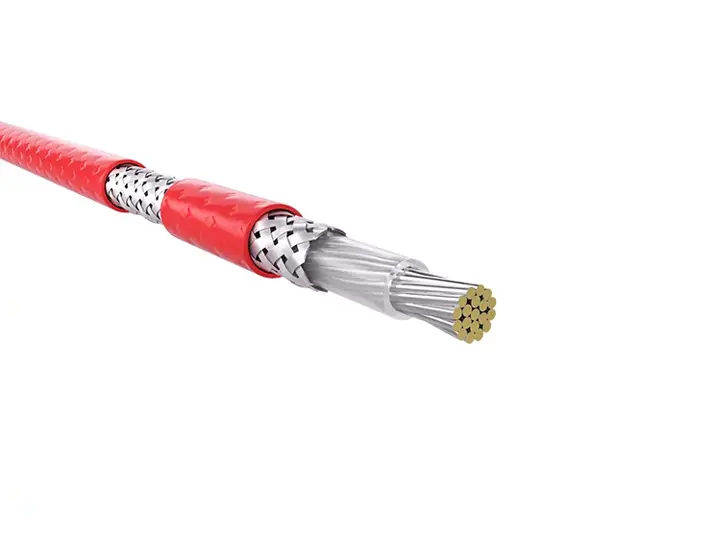The heating cable market in Europe is undergoing a transformative phase, shaped by the continent’s ambitious climate agenda, technological advancements, and evolving energy policies. Here’s a detailed analysis of the trends and forces driving this evolution:
1. Sustainability-Driven Demand
- Decarbonization of Heating:
- The EU’s REPowerEU Plan and Fit for 55 package prioritize electrification of heating to reduce reliance on fossil fuels. Heating cables, especially when paired with renewables (solar, wind), are emerging as a green alternative to gas boilers.
- Building Renovation Wave: Retrofitting 35 million buildings by 2030 to improve energy efficiency is boosting demand for underfloor heating systems and smart zoning solutions, which reduce energy waste.
- Circular Economy Push:
- Manufacturers are adopting recyclable materials (e.g., cross-linked polyethylene) and reducing halogen content in cable sheathing to comply with REACH/RoHS standards.
2. Technological Innovation
- Smart and Adaptive Systems:
- IoT-enabled heating cables integrated with AI-driven thermostats optimize energy use by learning user patterns and adjusting heat output dynamically.
- Self-regulating Heating cables dominate the market, as they adjust power based on ambient temperature, cutting energy use by up to 30% compared to constant-wattage heating systems.
- Digital Twins and Predictive Maintenance:
- Industrial users (e.g., chemical plants, offshore wind farms) deploy digital twins to simulate heating system performance, preempt failures, and reduce downtime.
3. Policy and Regulatory Catalysts
- Phase-Out of Fossil Fuel Heating:
- Bans on gas boilers in new builds (e.g., Germany from 2024, the Netherlands from 2026) are accelerating adoption of electric heating solutions.
- Incentives like tax rebates and subsidies for heat pumps (e.g., France’s *MaPrimeRénov’*) indirectly drive demand for auxiliary heating cables.
- Stringent Efficiency Standards:
- The Ecodesign Directive mandates minimum efficiency levels for heating products, favoring advanced cables with self-regulating or zonal heating capabilities.
- Energy Performance of Buildings Directive (EPBD) requires smart controls in new installations, pushing integration with home automation systems.
4. Regional Market Dynamics
- Northern Europe:
- Largest market for freeze protection (roofs, pipes) and marine/offshore applications (e.g., wind turbine de-icing). Harsh winters and saltwater corrosion drive demand for robust, high-temperature cables.
- Western Europe:
- Germany leads in industrial process heating (chemicals, automotive) and smart building solutions.
- France and the UK focus on retrofitting historic buildings with discreet heating systems.
- Southern Europe:
- Growing adoption of solar-compatible heating cables to prevent freezing in solar thermal systems.
- Shift toward underfloor heating in residential projects as a cost-effective alternative to gas.
- Eastern Europe:
- Infrastructure modernization (e.g., road de-icing, railway switches) and agricultural heating (greenhouses) are key growth areas.
5. Challenges
- Cost Barriers: Premium pricing of smart/self-regulating heating cables slows adoption in price-sensitive markets (e.g., Eastern Europe).
- Supply Chain Volatility:
- Copper price fluctuations (up 25% since 2022) and semiconductor shortages disrupt production.
- Post-Brexit regulatory divergence (e.g., UKCA vs. CE marking) complicates cross-border trade.
6. Future Outlook
- Market Growth: Projected 6-7% CAGR (2023–2030), driven by renewable energy projects and smart city initiatives.
- Emerging Opportunities:
- EV Infrastructure: De-icing cables for charging stations in cold climates.
- Green Hydrogen Economy: Heating solutions for hydrogen production, storage, and transport pipelines.
- Smart Cities: Integration with district heating networks and IoT-enabled urban infrastructure.
- Policy Tailwinds: EU funding programs like the Innovation Fund and Horizon Europe support R&D in sustainable heating technologies.
Conclusion
The European heating cable market is at the intersection of climate urgency, digital transformation, and regulatory ambition. Success hinges on aligning product innovation with sustainability mandates (e.g., recyclability, energy efficiency) and addressing region-specific needs—whether it’s frost resilience in Scandinavia or solar integration in Spain. Companies that leverage smart technologies, adapt to policy shifts, and navigate supply chain complexities will capture growth in this dynamic, high-stakes market.


